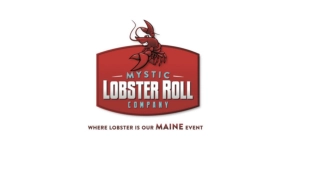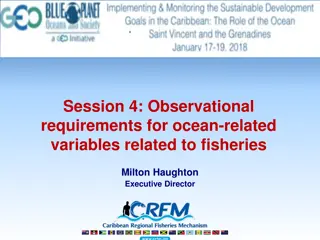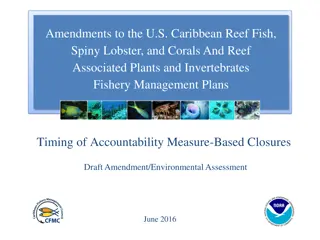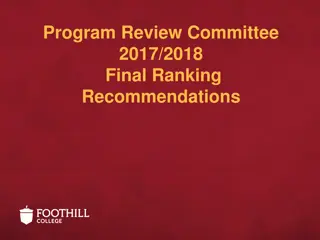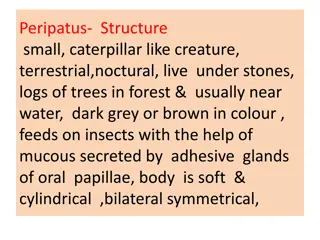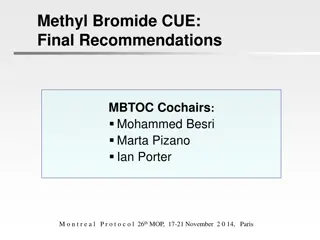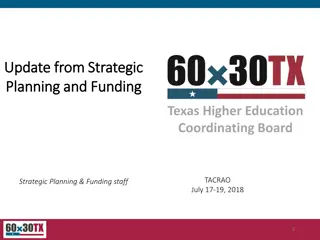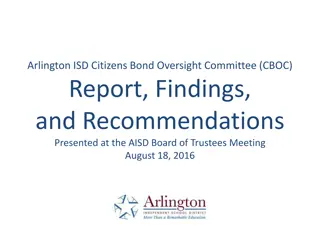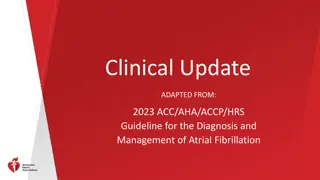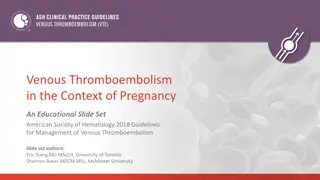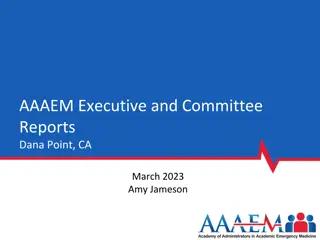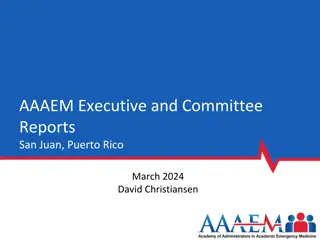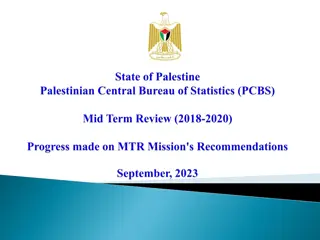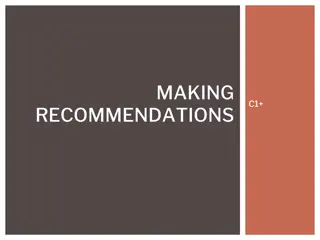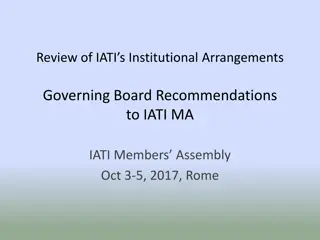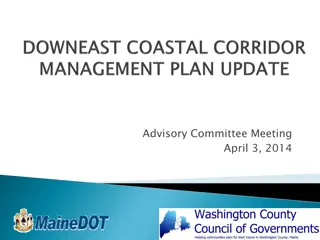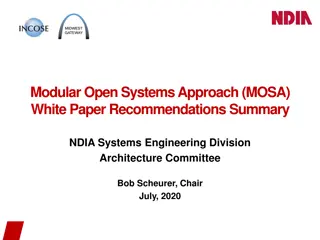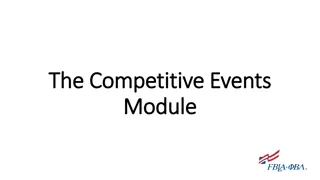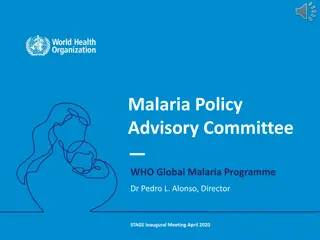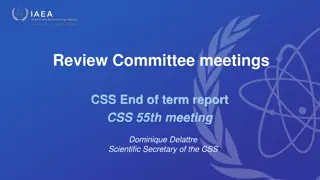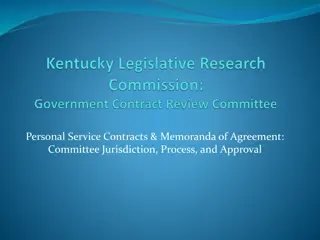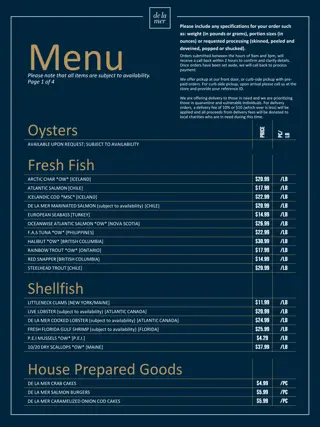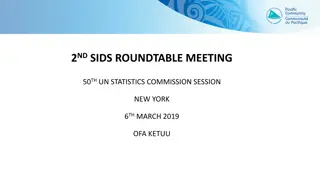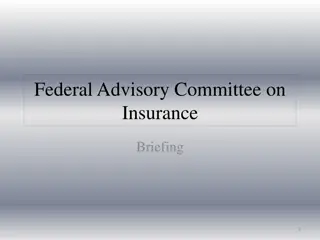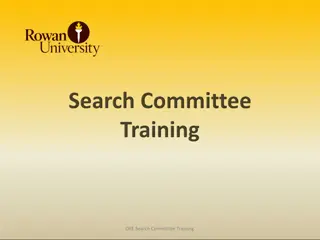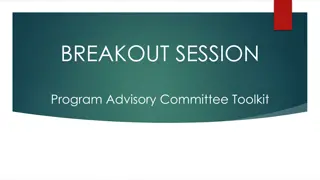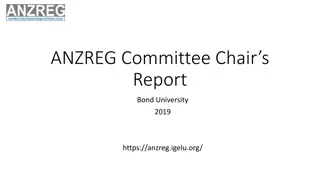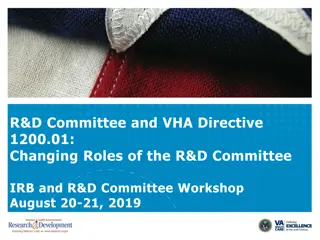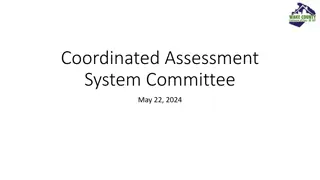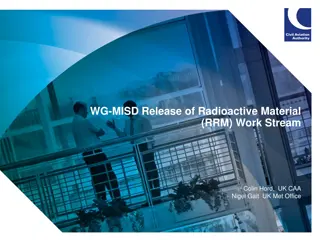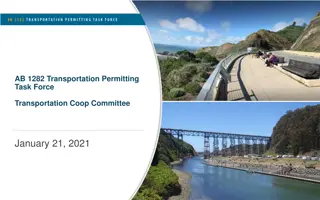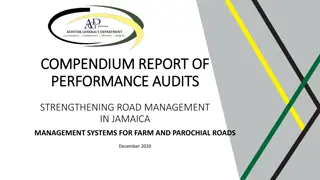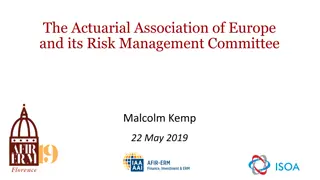Recommendations for Spiny Lobster Management by St. Thomas Lobster Committee
The St. Thomas Lobster Committee provides insights and recommendations for the management of Spiny Lobster (Panulirus argus). The committee discusses trap types in use, common features, existing USVI regulations, importation rules, law enforcement interactions, and other vital topics to consider, such as annual catch limits and the use of non-galvanized wire for fish traps. These recommendations aim to promote sustainable practices and protect the lobster population.
Download Presentation

Please find below an Image/Link to download the presentation.
The content on the website is provided AS IS for your information and personal use only. It may not be sold, licensed, or shared on other websites without obtaining consent from the author. Download presentation by click this link. If you encounter any issues during the download, it is possible that the publisher has removed the file from their server.
E N D
Presentation Transcript
St. Thomas Lobster Committee Recommendations for Spiny Lobster (Panulirus argus) Management
Committee Formed on July 22, 2014 Voting Members: Winston Ledee-----Chairman Warren Querrard Vice Chairman Julian Magras-------Secretary Daryl Bryan Tony Blanchard Claude Berry Thierry Ledee Edmund F. Bryan Brett Querrard CC Kregelo Ricky Laplace Mark Quetel Gregory Ledee Non-Voting Members: Marvin Bryan Joel Questel Theresa Questel Michael Berry Advisors: Tony Iarocci Roy Pemberton Bill Arnold
Common Features Escape Panel 8 by 8 Biodegradable component composition -jute twine -16 gauge non-galvanized wire -top entrance constructed of plastic, wood, or wire include Biodegradable wood lid
Existing USVI Regulations All Commercial Fishermen: 3.5 carapace length Must be landed whole No spear fishing, hooks, gigs, or chemicals Recreational: Daily harvest limit = 3 per person with no more than 10 per vessel
Importation Rules Minimum weight: 6 oz (170 g) tail meat weight, range = 5.9 6.4 oz (167-181 g) Minimum tail length: 6.2 (15.75 cm) Minimum carapace length: 3.5 (8.9 cm) Law Enforcement Interactions For Discussion
Other Topics to Consider Annual Catch Limit considerations Use more recent data (present ACLs based on data through 2008)? Rationale for reducing or eliminating buffer reduction ? Can we set ABC above the mean or median landings? Is the ACL needed for spiny lobster (i.e., is minimum size limit adequate to sustain the resource)? How to handle individual years of very low or very high landings (i.e., landings variability)?
Other Topics to Consider The fishermen would like the CFMC to adopt the use of 16 gauge non-galvanized wire for fish traps also instead of the jute twine. Rational behind this is with modern technology (GPS) very few traps are lost and this non-galvanized wire rots away quickly (3 weeks). The lobsters, crabs and olewife are just eating away at the jute twine.
Other Topics to Consider The Fishermen of the USVI are also requesting a permitting system for the EEZ to be put in place for the entire Trap System. We are willing to discuss with CFMC the ideas we have and begin a dialog on how it can be done.


